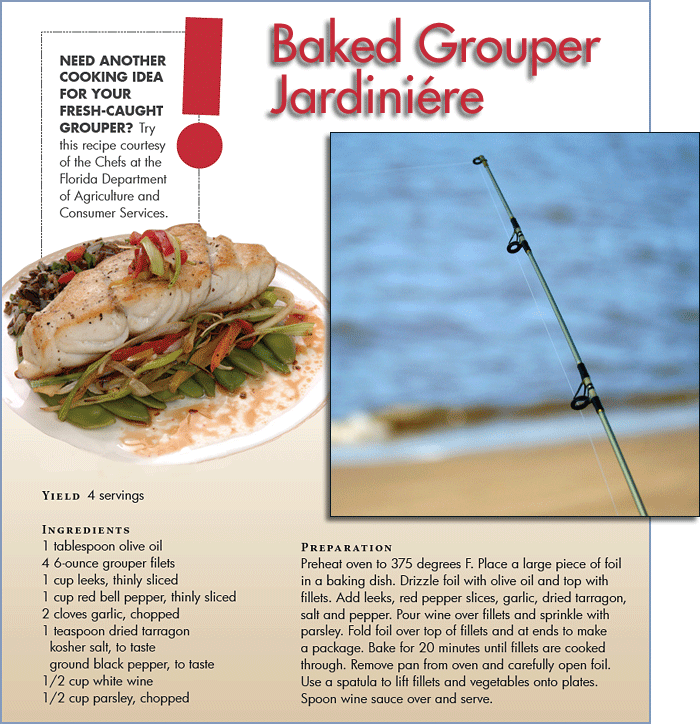FISH IS LIKE OLD-FASHIONED PEANUTS. It comes in two flavors – plain and salted. Some fish, thanks to tradition, seem to be better when prepared a certain way or with a specific topping. It just tastes better.
Somehow, cedar-planked mullet doesn’t quite make it. Catfish almondine? No thanks.
We’re fortunate here in Central Florida. We can get freshwater fish and saltwater species. Catfish has been a favorite since man discovered you can drag ’em in with a little ball of bread from your lunch sandwich or stinky chicken liver on a string. Unless you know that they come from a local body of water, you can pretty much figure they’re farmed in this country.
Tilapia, on the other hand, is a big export crop from the Far East. Chances are good that fish with funny names are imported – basa and swai, for instance. Basa’s formal name is Pangasius bocourti. It’s a type of catfish. We have lots of Florida catfish, thanks. The law requires stores to reveal the origin of the fish they sell.
Bruce Johnston has been co-owner and chef of Harry’s Old Place in Winter Haven for 32 years. He picks catfish and brook trout as his freshwater favorites. “The best way to cook catfish is to fry it – pan fry or deep fry.” Mix cornmeal and flour together, dip the fish in flour, then in egg wash or buttermilk, and then in the dry coating.
“For saltwater, grouper is terrific,” Johnston says, “And it’s local. Snapper is good, too, and redfish is terrific. Grouper is firm and mild.” He adds that to get the best from grouper, he recommends broiling, but it’s his way of broiling that works for restaurants.
“The best way to do any good fillets of fish and keep the flavor is to broil it. You can do it in a convection oven at 425 degrees (or 350 to 400 in a regular oven). That’s what we call broiling,” Johnston clarifies. “Under a real broiler, there is a 10-second window before it’s burned up.”
Before cooking, he seasons the fish with lemon water and butter with a touch of Seasonall. “Garlic’s good, with a bit of capers. The flavor of the fish is enhanced,” the chef says.
Marjorie Kinnan Rawlings has a recipe for fish chowder in her Cross Creek Cookery. It will work with just about any Florida fish:
In a Dutch oven or deep skillet, make layers of diced bacon, whole small fish or 2-inch by 4-inch pieces of large fish, sliced onion, sliced potatoes, dry crackers (hard tack works well), dots of butter, salt and pepper. Repeat the layers until the pan is full or you run out of ingredients.
Add hot water to not quite cover. Cook until water has almost cooked away. Loosen bottom with a pancake turner from time to time. When all is tender and most of the water is gone, almost cover with warm, thin cream. It takes about 45 minutes.
CREDIT
story by TRENT ROWE
Trent Rowe is the food editor of Central Florida Ag News.

